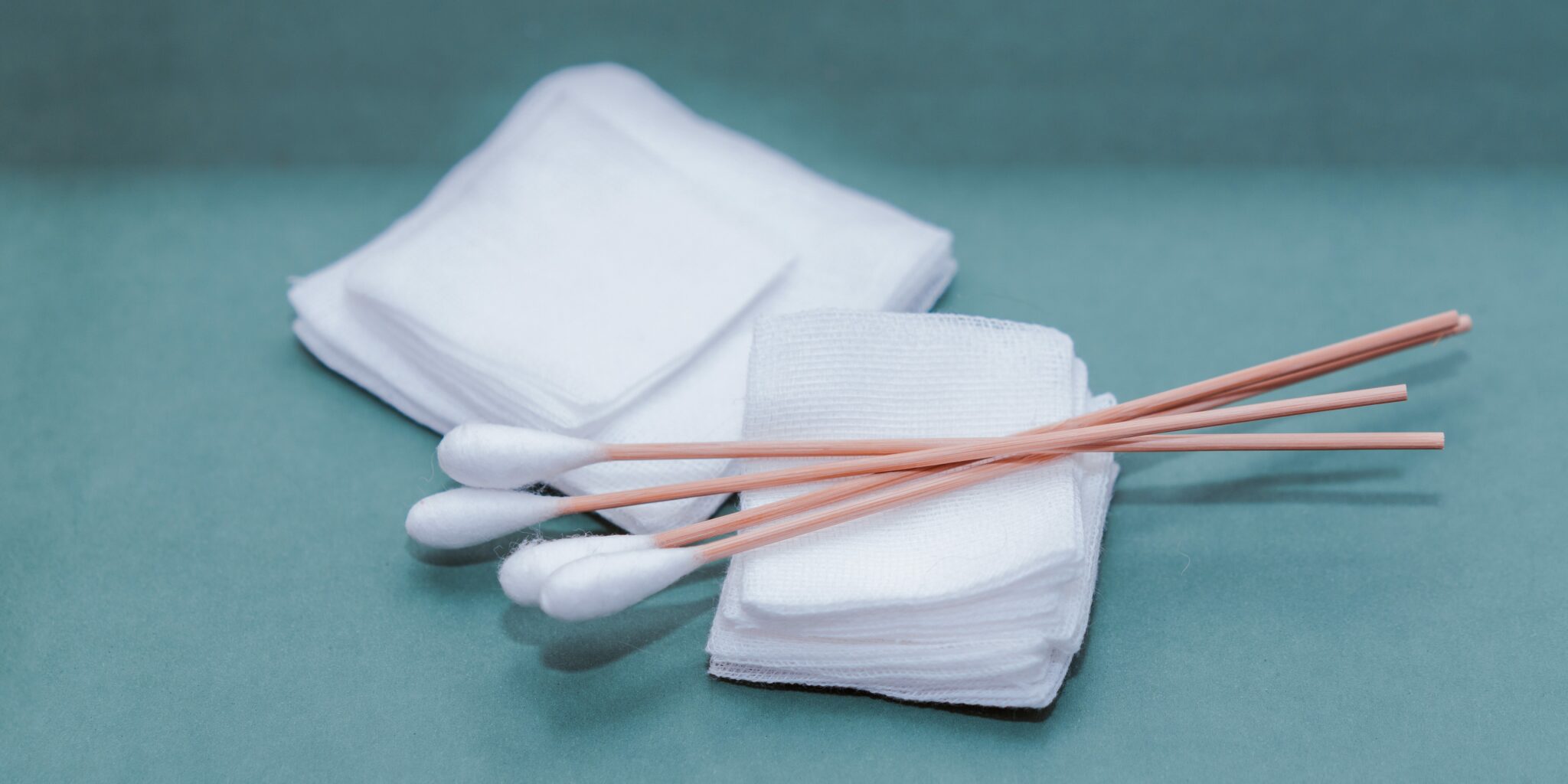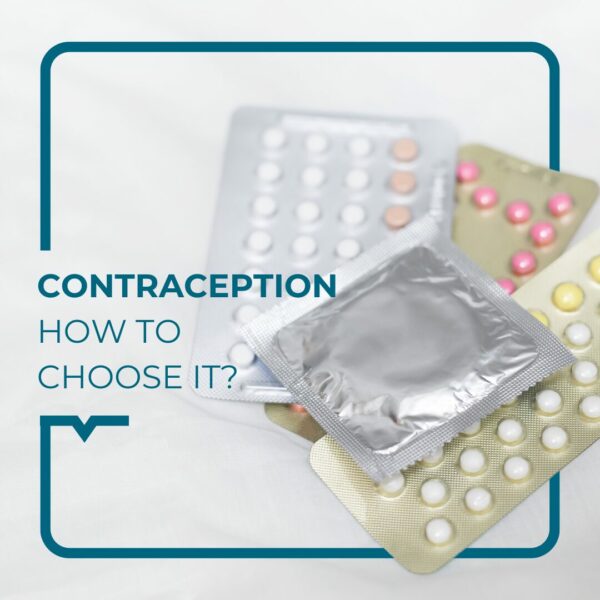Skin abscesses are common and can cause discomfort and pain. They present as localised infections, often painful, and may require appropriate treatment to avoid complications.
Olá, Dr Joy here!
In this article, we’ll look at the different types of skin abscess and how to treat it if an abscess appears. We’ll also look at the preventive measures you can take to reduce the risk of developing skin abscesses.
Vamooooos !
What is a skin abscess and what are the different types?
A skin abscess is a bacterial infection that develops in the deep layers of the skin and is generally characterised by the formation of a pus pocket.
A subcutaneous abscess is painful, hard and tight, and the skin is usually erythematous and inflamed, i.e. red and warm.
It is often around 1 to 3 cm in size, but can sometimes be much larger.
In some cases, this symptomatology may be associated with fever.
There are several types of skin abscess, including:
- furuncles or boils
- carbuncles
Each type has specific characteristics and symptoms that can influence treatment options.
A cyst vs. an abscess, is a closed sac that can be filled with fluid, semi-solid material, or air and typically isn’t caused by an infection, while an abscess is a swollen, pus-filled area resulting from a bacterial infection.
First steps to take in the event of a skin abscess
When a skin abscess forms, it’s important to take certain steps to minimise discomfort and promote healing. These initial reflexes include cleaning the affected area with mild soap and water, applying a warm compress to encourage drainage, and preventing the abscess from self-rupturing. In addition, it is essential to adopt good hygiene practices to prevent the infection spreading.
This means washing your hands thoroughly before and after handling the abscess. However, the abscess should be touched as little as possible.
When should a doctor be consulted?
Although some skin abscesses can be treated at home, it is recommended to consult a doctor in certain situations. This includes cases where the abscess is large, painful, accompanied by a fever, or if it shows no improvement after a few days of home care. A doctor will be able to assess the severity of the abscess and recommend appropriate treatment.
How is a skin abscess treated?
a. Medical treatment :
Treatment will depend on the behaviour of the abscess:
- It drains by itself once it has developed. After this, it is essential to clean the wound thoroughly and then disinfect it with an antiseptic.
- It is ready, but does not drain by itself. In this case, the doctor must cut into the abscess and drain the pus. Sometimes, a gauze dressing may be necessary. The dressing must then be changed every day or two by a nurse until the wound has completely healed (approximately 8 to 10 days).
Only a healthcare professional will be able to determine the best treatment plan depending on the severity/ behaviour of the infection.
During the inflammatory phase, warm compresses should be applied and the wound disinfected.
b. Natural solutions:
In the case of minor skin abscesses, certain natural solutions can be used. These may include:
- Applying warm compresses
- Using essential oils with antiseptic or anti-inflammatory properties, such as tea tree or clove
- Eating a balanced, nutrient-rich diet to boost the immune system.
How can skin abscesses be prevented?
Preventing skin abscesses is based on simple but effective measures.
Here are our 7 tips for countering the risk factors for skin abscesses and preventing their appearance.
- Maintain good personal hygiene by washing regularly: shower daily, wear clean clothes, change towels and sheets regularly.
- Avoid sharing personal items such as razors or towels.
- Moisturise your skin: dry areas cause tightness that can lead to sores.
- Disinfect skin wounds daily until they heal, to prevent germs from penetrating your skin.
- Avoid wearing synthetic clothes when you have a wound: they encourage maceration, which can lead to wound infection.
- Shaving causes irritation and is frequently implicated in the development of abscesses in the armpits and pubic area. After shaving, exfoliate 2 times a week. You can also moisturise with a suitable cream.
- Smoking damages the skin and can encourage the appearance of abscesses.
Skin abscesses are common conditions that can be embarrassing and painful. Acting quickly by following the appropriate first steps, consulting a doctor when necessary, and treating the infection appropriately are crucial steps in promoting healing and avoiding complications. What’s more, by following some simple preventive measures, you can significantly reduce the risk of developing skin abscesses.
By taking care of our skin and maintaining good hygiene, we can preserve our skin’s well-being and avoid the potential complications associated with skin abscesses.
Ate ja,
Dr Joy
Sources :
Vidal — ABCÈS CUTANÉS, FURONCLES, ANTHRAX
HAS — Prise en charge des abcès cutanés
This information is not a substitute for medical advice.
You must seek the advice of your doctor or another qualified health professional with any questions you may have regarding your health condition.



